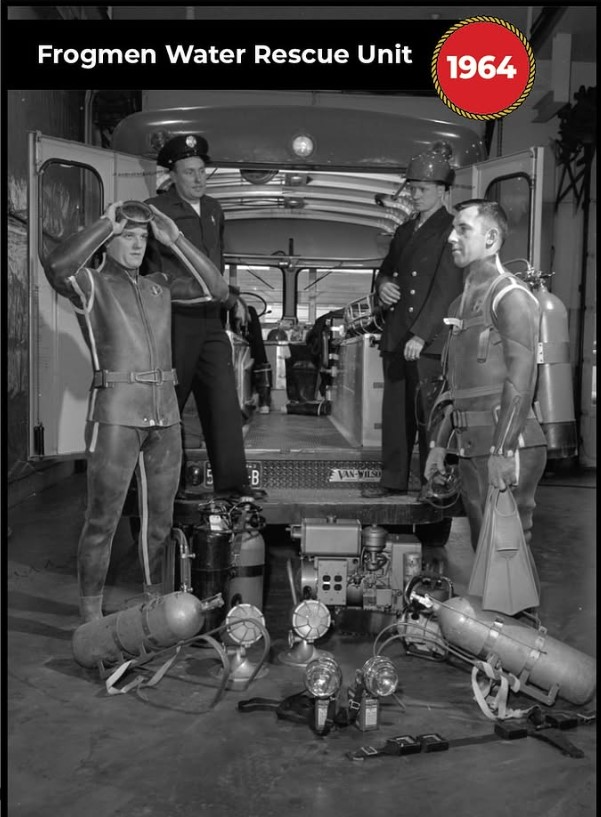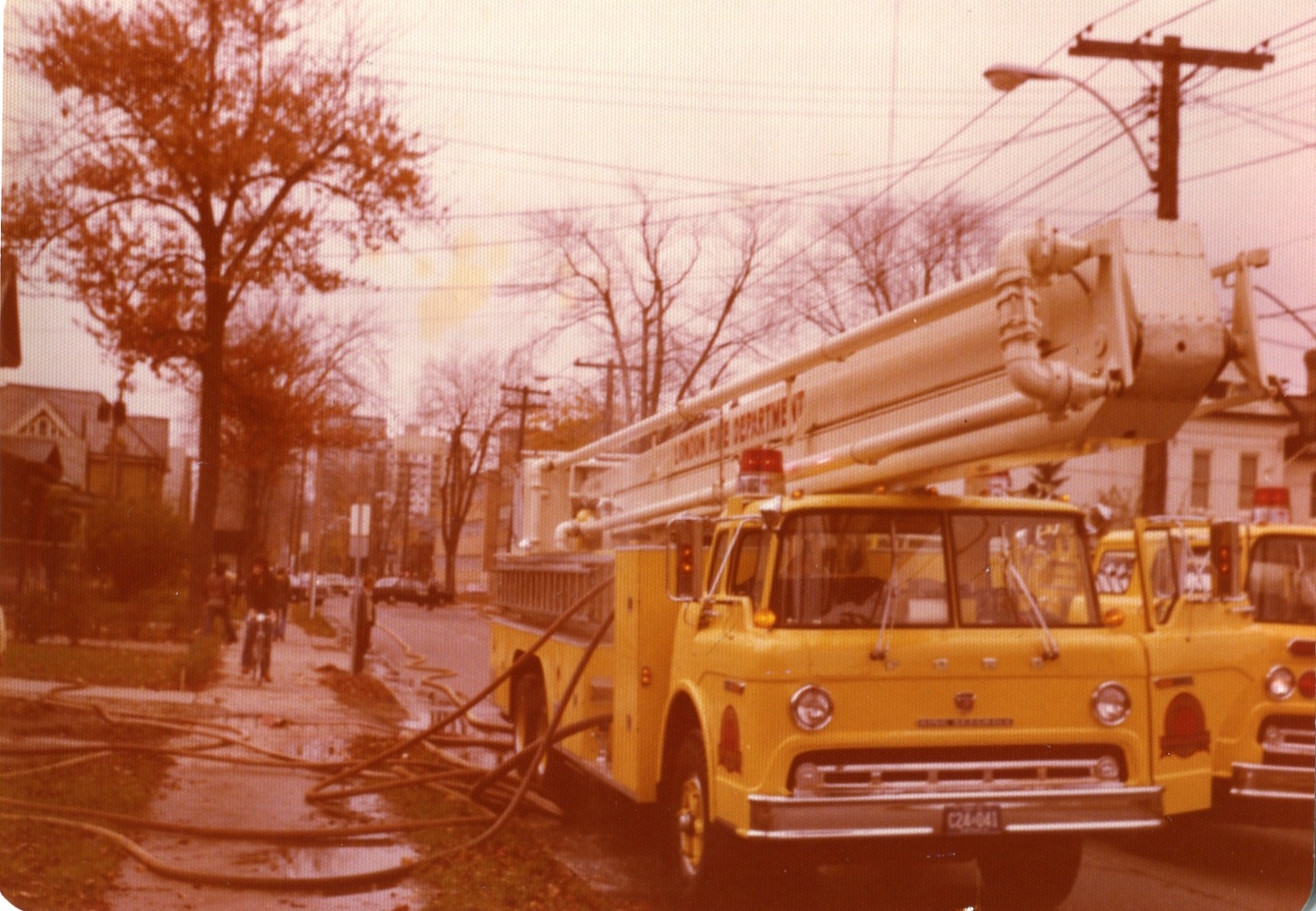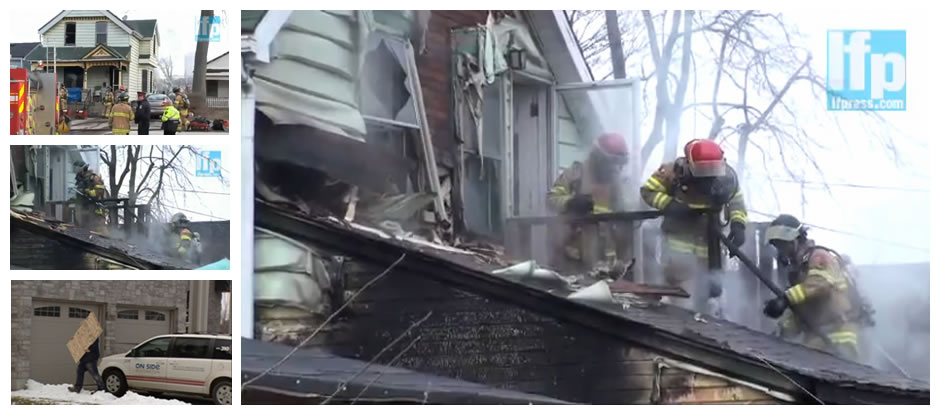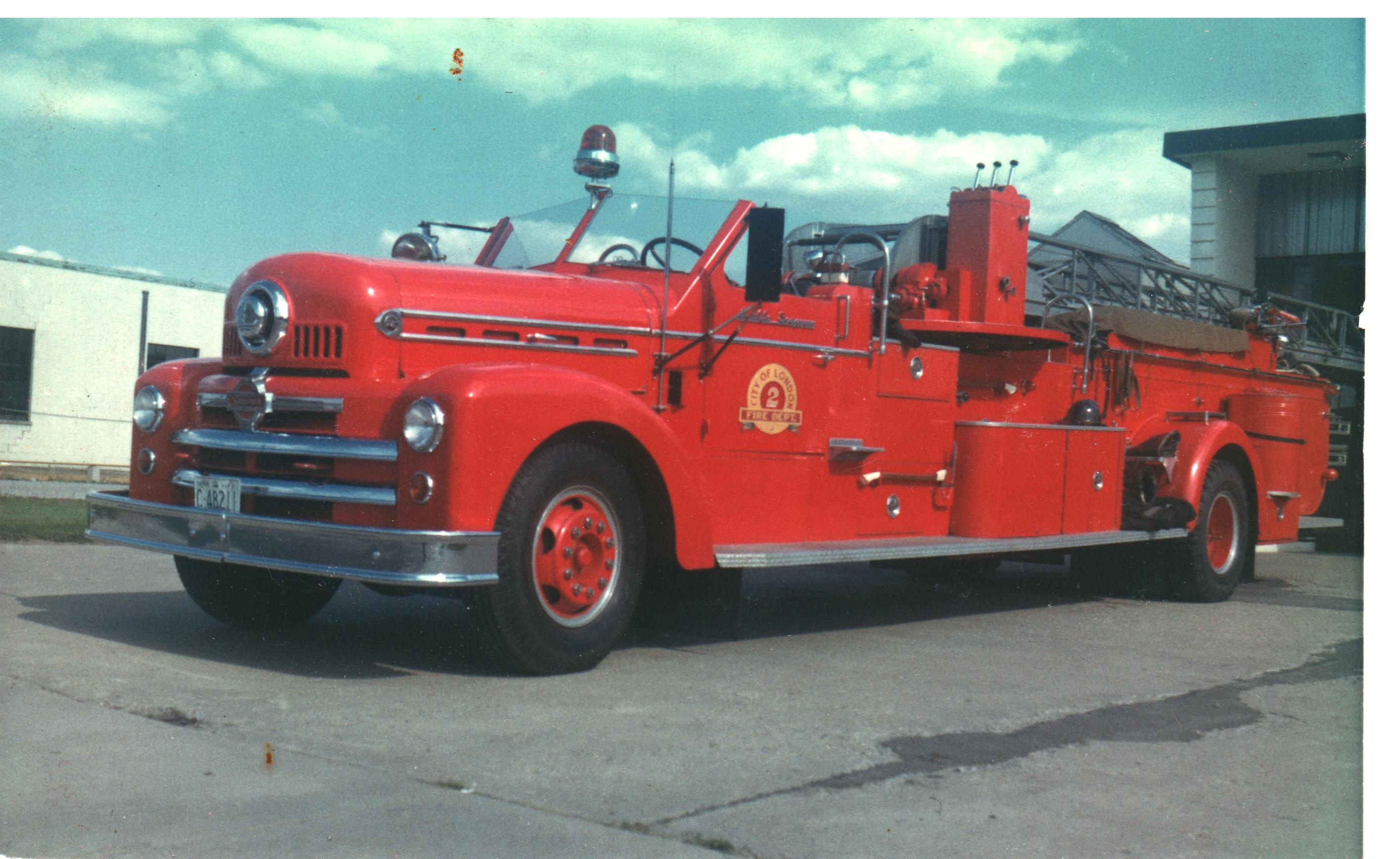At the time of this fire that threatened the whole town, two interesting things were happening with London’s fire department. The Mayor was trying to fire London’s fire chief John Aitken (personality). Secondly a fire had happened at the Boys Orphanage on Wharncliffe Road south at Byron Ave. The alarm Box No. 74 had been pulled at this corner. Believing it was just another false alarm from that Box which was common, Chief Aitkens didn’t respond as his Assistant Chief George Scott did. Upon arrival, it was certainly not “another” false alarm. It was a working fire and boys could be seen in the second floor windows yelling for help. The firemen were busy placing ladders for rescue and no one alerted Chief Aitken. All the boys were rescued. Hearing the Chief didn’t respond to the fire the Mayor was now adamant, he was going to fire him.
About this time London received it’s first Pumper fire truck that could pump 700 G.P.M. It was a 1923 LaFrance built in Akron, Ohio. It served London till 1957, a total of 34 years. The writer had driven this truck. No trouble to go fast, problem was getting it stopped.
A fire broke out in the Village of Ailsa Craig in 1923 shortly after the new trucks arrival in London. The fire was threatening the Village north west of London. Having heard about London with this brand new pumper truck a call was made to the London Fire Department requesting them to send this new truck as their Village was threatened. The new truck was dispatched indeed with a crew of firemen which included Fire Chief Aitken. The London firemen under the direction of their Chief did save the Village. The firemen from London were Heroes, especially their Chief Aitken. This caused the Mayor a predicament. The Mayor could no longer fire London’s Hero Fire Chief. Chief Aitken would remain Chief four more years, making a total of 19 years as Chief, in May 1927. He had become Chief after Chief Lawrence Clark was killed at the Westman Hardware Store fire in August 1908, on Dundas st. just east of Talbot St.
Three weeks before Chief Aitken finally retired in May of 1927, he hired four new firemen. Jim Fitzgerald, my father, was one of them!
AILSA CRAIG MUSEUM VISIT AND STORY
Many years ago I was asked by the Museum Committee from Ailsa Craig if I would come to a meeting with villagers and explain what I thought how London’s firemen would have operated at the Village fire. I believe the Pumper would have been placed beside the stream of water running through the Village where they would have Drafted the water with hard suction hose (like a straw in a pop bottle) to supply the hoses to fight the fire. That would have been their only water source. They then would have stopped the fires advancement by taking up positions in the direction the flames were moving. Firefighters call it staring hell in the face. You take a beating, but you finally stop it’s advancement. Now you have control of the fire, so you now proceed to extinguish it. That tactic saved the town. It worked back then and it works to this day!
Furthermore I presented the Museum with a large picture of London’s Pumper that attended that day along with other details.
Sincerely,
JAMES FITZGERALD Jr.
Retired Fire Chief,
City of London.





